Chemical Blog Posts
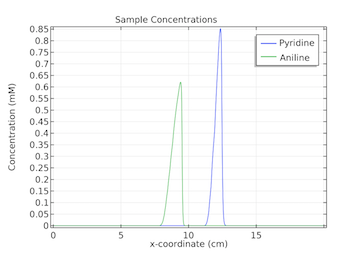
Studying Zone Electrophoresis with COMSOL Multiphysics®
Zone electrophoresis enables scientists to study nucleic acids, biopolymers, and proteins in a wide range of areas. COMSOL Multiphysics® can be used to take a closer look at this process.
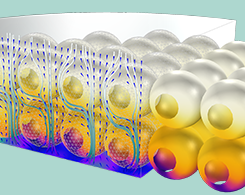
Introduction to Modeling Surface Reactions in COMSOL Multiphysics®
Bioengineers and electrochemists will appreciate this detailed introduction to modeling surface reactions with the COMSOL® software.

How to Model Heat and Moisture Transport in Porous Media with COMSOL®
Modeling the transport of heat and moisture in porous media, like building envelopes and other construction materials, is a simple process with a predefined Heat and Moisture Transport interface.

Analyzing Heat and Mass Transfer During Cake Baking with Simulation
As you bake a cake, there are many complex heat and mass transport processes taking place behind the oven door. Take a closer look at the art and science involved in the cake baking process…
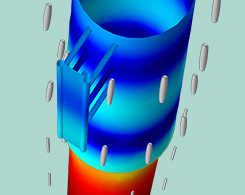
Model Electrodes with Nonideal Connectivity in Corrosion Analyses
Learn the appropriate boundary conditions for performing a corrosion analysis in which an electrode is connected to an external short circuit.
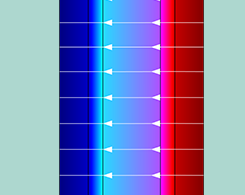
Analyzing Reverse Electrodialysis Units with Multiphysics Modeling
Pass the salt…for a clean energy solution. Salinity gradient power relies on osmosis between fresh- and saltwater to generate power, and simulation can help analyze and optimize such systems.
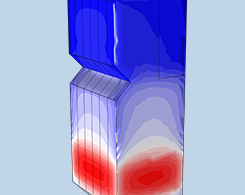
Analyzing Utility Boiler Designs by Simulating Radiative Heat Transfer
To study a utility boiler furnace, you need to account for the effects of radiation, which is difficult to solve for analytically and study experimentally. That’s where simulation comes in.
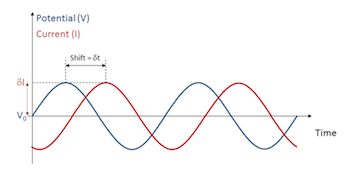
Electrochemical Impedance Spectroscopy: Experiment, Model, and App
Experience the phenomenon of electrochemical impedance spectroscopy (EIS) in 3 ways: experiment, model, and simulation application.
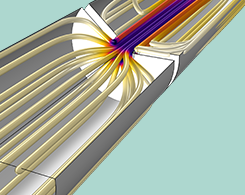
Fat-Washing Cocktails on an Industrial Scale
Bacon-flavored vodka? Pecan-infused bourbon? The fat-washing process extracts the flavors from fat and dissolves it into alcohol, and it can even be scaled up to an industrial level.
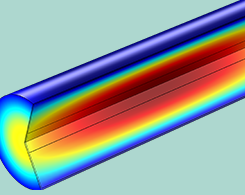
Modeling the Performance of an Evaporative Emission Control System
Researchers turned to COMSOL Multiphysics to model the adsorption and desorption in an evaporative emissions control system for enhanced automotive efficiency.
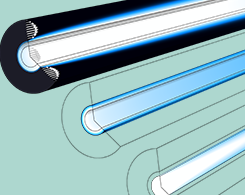
Study Contaminant Removal in Membrane Dialysis Devices with an App
We discuss treating renal failure with hemodialysis, analyzing contaminant concentration in a membrane dialysis device, and optimizing a membrane dialysis device with a numerical modeling app.
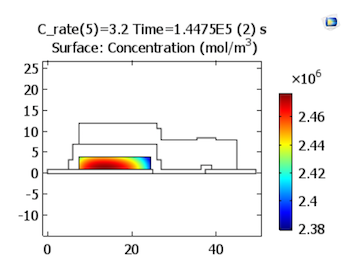
Modeling Electrochemical Processes in a Solid-State Lithium-Ion Battery
Lithium-ion batteries are found in everything from consumer electronics to aerospace technology. We discuss certain design challenges that have emerged over the years.

Designing Effective Transdermal Drug Delivery Patches with Simulation
Transdermal drug delivery (TDD) patches are more effective and convenient than traditional drug delivery methods. See how Veryst Engineering simulated the diffusion process in a TDD patch.

Studying the Migration of Mineral Oil Hydrocarbons in Food Packaging
Food packaging can contain hazardous mineral oils. To analyze the migration patterns of mineral oil hydrocarbons for various food packaging scenarios, German researchers used COMSOL Multiphysics®.
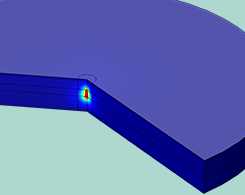
How to Model Short Circuits in Lithium-Ion Batteries
When the chemical energy stored in a lithium-ion battery is lost as heat, rather than being used to power a device, it is known as a short circuit. Learn how to model this phenomenon.
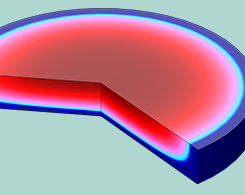
Analyze a Vacuum Dryer’s Speed with Multiphysics Modeling
Vacuum drying is often used to dry heat-sensitive materials such as food and pharmaceuticals. Here, we showcase a model that simulates the vacuum drying of a wet cake.
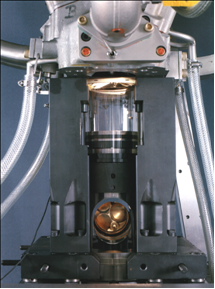
Model Methane HCCI Combustion to Optimize Engine Ignition Control
Environmental demands have sparked an interest in finding an alternative to traditional spark- and compression-ignition engines. One of the suggested alternatives is HCCI engines.
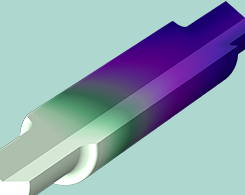
New Reacting Flow Multiphysics Interface Delivers Greater Flexibility
Get an introduction to the Reacting Flow interface, which can be used to simulate fluid flow and reactions in gases and liquids in COMSOL Multiphysics®.

Studying Bioreactor Landfills to Solve a Growing Trash Problem
How are researchers using heat transfer and chemical reaction simulations to help solve the world’s growing trash problem? Get the details here.
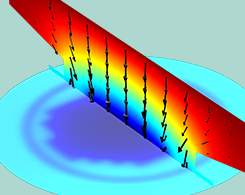
How to Model Electrochemical Resistance and Capacitance
Get an overview of the theory and modeling considerations for resistive and capacitive effects, which are fundamental to the understanding of electrochemical systems.

Building an App to Optimize the Design of an SOFC Stack
A guest blogger from resolvent ApS discusses creating a user-friendly simulation app to efficiently analyze a solid oxide fuel cell stack.
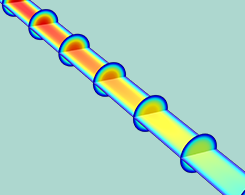
Analyzing the Dissociation Process in a Tubular Reactor
To accurately analyze tubular reactor designs, chemical engineers can model the dissociation process. But is it better to use a isothermal or nonisothermal simulation to do so?
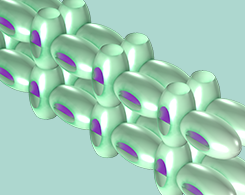
Li-Ion Battery: Heterogeneous Alternative to the Newman Model
When analyzing lithium-ion battery designs, is it better to use the Newman model or a detailed, heterogeneous geometric model? Find out in this comprehensive blog post…
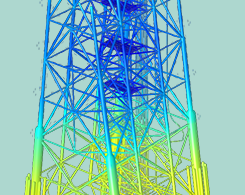
The Boundary Element Method Simplifies Corrosion Simulation
The boundary element method can be used when simulating corrosion to avoid needing a finite element mesh to resolve the whole 3D structure, saving time for large problems with slender components.
